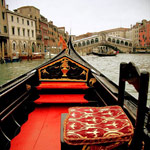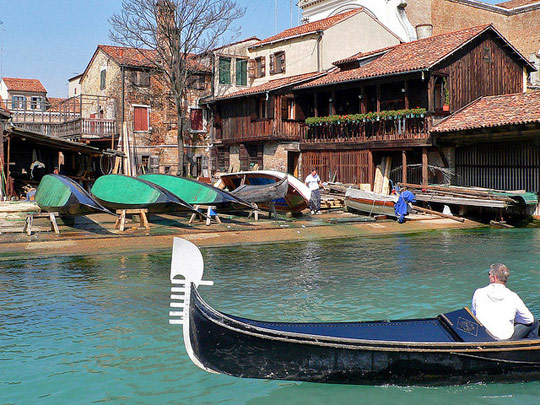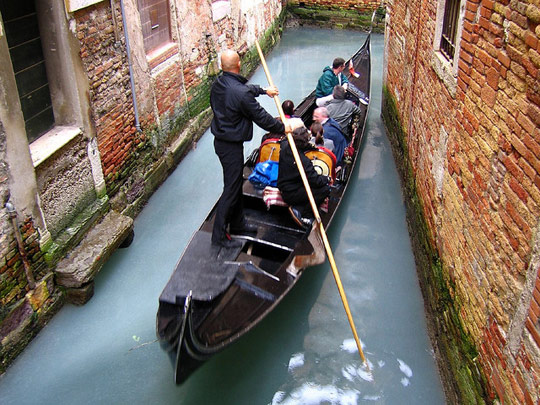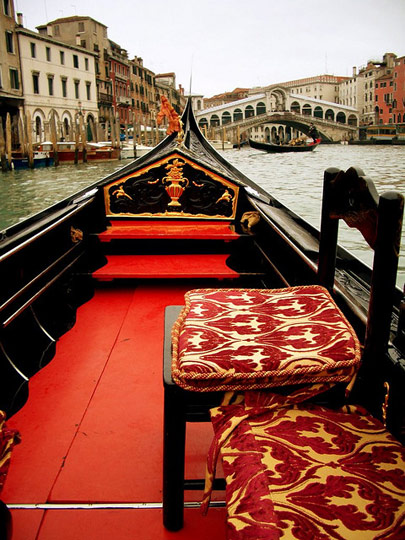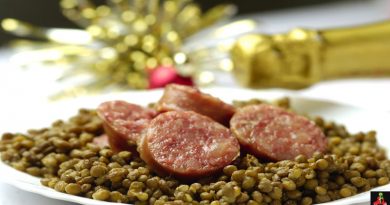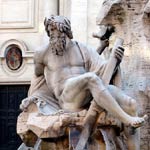Squero San Trovaso: where Venetian gondolas are born
For a glimpse into authentic Venice one of the places to visit is the area where the Venetian gondolas are born. Next to the Church of San Trovaso, in the sestiere Dorsoduro, at the angle of Rio San Trovaso and Rio Ognissanti, is one of the last squeri (gondola dockyards) of Venice still in use today.
The Squero San Trovaso has been in activity since the 17th century. The term squero was etymologically derived from the word squara, a team of persons working together to build boats. Thus, the squero is the workshop that manufactures and repairs gondolas.
The gondola is inextricably associated with Venice. Not just an icon, this boat unique to Venice is also the only means of transportation that can wind in and out through the maze of narrow aquatic streets. Their asymmetric design, with a longer left-hand side, allows gondoliers to row it without changing the side the oar is on.
Gondolas owe their unique shape and properties to a meticulous and elaborate building process based on techniques and principles that have remained unchanged for centuries.They are entirely hand-made from 280 interlocking parts that fit together like a puzzle. These parts are made of eight different types of wood: oak, mahogany, cherry, larch, fir, walnut, elm, and lime, each with their specific properties, necessary to give the shallow and asymmetrical boat its typical characteristics. Oak because it is very hard and resistant and available in very long boards, elm because it is elastic and essential to make the sanconi (the curved elements of the frame), fir because it is resistant in salt water, cherry because it can be easily bent when heated, etc.
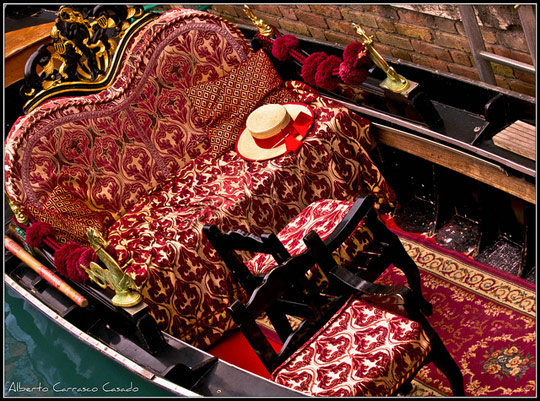
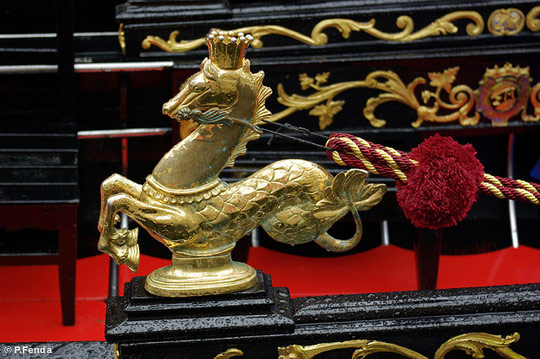
The only metal elements are the characteristic ferro at the bow (front) and the risso at the stern (rear). The S shape of the ferro symbolizes the winding of the Grand Canal, while the top represents a stylized Doge’s cap on top of an arched aperture, the Rialto bridge, and the six teeth representing the six sestieri (districts) of Venice. The risso is said to represent Giudecca island.
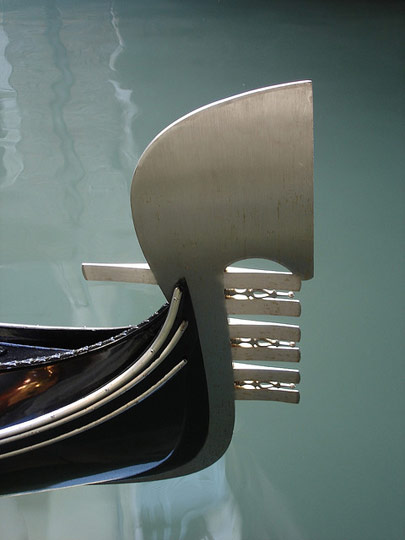
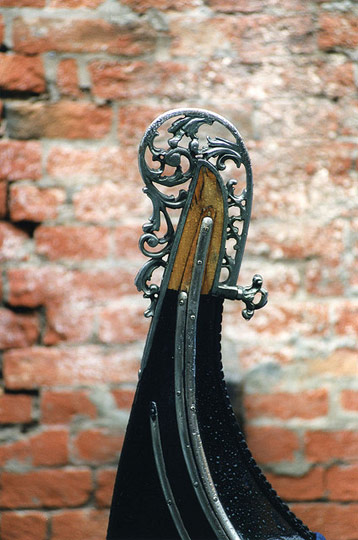
The historical gondola was slightly different from its modern version, with a lower prow, a higher ferro, and a felze in the center of the gondola, which was a removable cabin that offered shelter to the passengers in case of wind or rain, or protected them from onlookers. The felze was usually richly decorated, had small windows that could be closed with shutters (the original ‘Venetian blinds‘) and a front door through which one would enter backwards as it would have been difficult to turn around in the narrow space. Once an integral part of any gondola, humble or noble, the felze fell into disuse due to its incompatibility with the present-day use of the gondola.
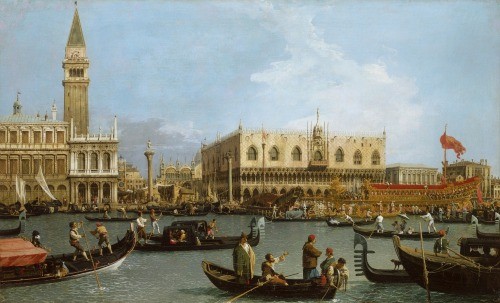
Gondolas need to be checked, cleaned and coated with tar once a month in Summer. After 14 years gondolas are being restored, after which they can be reused for another 10 years. In the 16th-century, when the gondola was still the chief means of transportation, over 10,000 of these boats cruised the waters of Venice’s canals. Today there are only about 400 left, now mainly used as a tourist attraction and, as a result, the number of squeri, where gondolas were being built and repaired, also dropped dramatically.

Photo credits (top to bottom): Joan Sol, MorBCN, Trent Strohm, Alberto Carrasco Casado, Peter Fenda, Ull_Viu, MicMacPics1, alfback2003
You might also like:
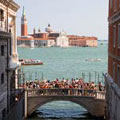
Venetian bridges with the most unusual names

